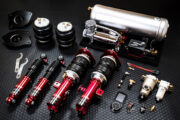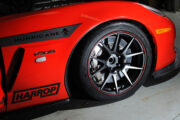Seat covers are more than just protective layers for your vehicle’s seats; they are an expression of personal style, an enhancement of comfort, and a shield against wear and tear. In the world of automotive accessories, seat covers play a crucial role in preserving the interior aesthetics of your vehicle, providing comfort during long drives, and even reflecting your individuality. This comprehensive guide delves into the multifaceted realm of seat covers, exploring their types, materials, benefits, and considerations to help you make an informed decision when choosing the perfect seat covers for your vehicle.
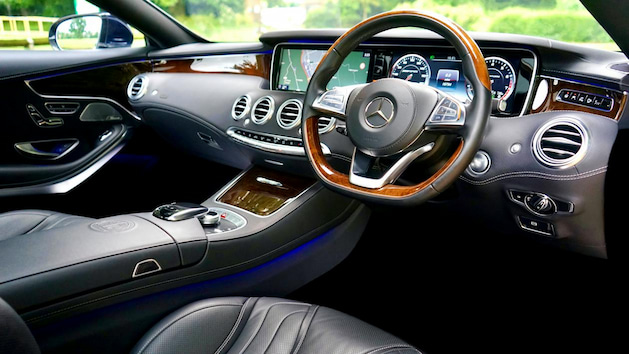
I. Types of Seat Covers
Seat covers come in various types, each designed to cater to specific needs and preferences. Understanding these types is crucial in selecting the ideal covers for your vehicle:
1. Universal Fit Seat Covers
- Overview: Universal fit seat covers are designed to fit a wide range of vehicle makes and models. They are a versatile and budget-friendly option.
- Pros: Widely available, cost-effective, suitable for various cars.
- Cons: May not provide a tailored or snug fit.
2. Custom Fit Seat Covers
- Overview: Custom-fit seat covers are precisely tailored to fit the exact specifications of your vehicle’s seats. They provide a seamless, factory-like appearance.
- Pros: Perfect fit, tailored look, often include provisions for seat features like airbags.
- Cons: Generally more expensive than universal fit covers.
3. Semi-Custom Seat Covers
- Overview: Semi-custom seat covers offer a balance between universal and custom fit options. They provide a good fit for a range of vehicles without the higher cost of fully custom covers.
- Pros: Better fit than universal covers, more affordable than custom options.
- Cons: May not provide the same precision as custom covers.
4. Specialty Seat Covers
- Overview: Specialty seat covers cater to specific needs, such as pet-friendly covers, waterproof covers, or covers designed for sports enthusiasts.
- Pros: Address specific requirements, offer additional features.
- Cons: Limited availability for certain models.
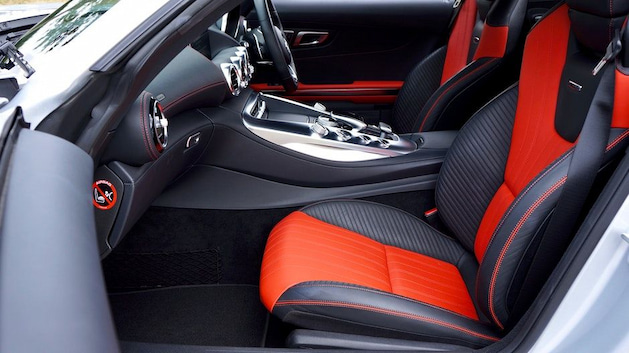
II. Materials Used in Seat Covers
The choice of material significantly influences the comfort, durability, and aesthetic appeal of seat covers. Various materials are commonly used, each with its unique characteristics:
1. Neoprene
– Overview: Neoprene is a synthetic rubber known for its durability, water resistance, and flexibility. It provides a sporty and snug fit.- Pros: Waterproof, resistant to stains and UV rays, comfortable.- Cons: May trap heat in hot climates.
2. Leather
- Overview: Leather seat covers convey a luxurious and upscale feel. They are durable, easy to clean, and enhance the overall interior aesthetics.
- Pros: Elegant appearance, durable, easy to clean.
- Cons: Can be expensive, may require more maintenance.
3. Canvas
- Overview: Canvas seat covers are rugged and durable, making them suitable for heavy-duty use. They often feature a utilitarian look.
- Pros: Tough and durable, resistant to wear and tear.
- Cons: May lack the refined appearance of other materials.
4. Velour
- Overview: Velour seat covers offer a soft and plush feel. They are comfortable and provide a more casual, inviting look.
- Pros: Soft and comfortable, affordable.
- Cons: May be less resistant to stains and wear.
5. Mesh
- Overview: Mesh seat covers are breathable and provide a sporty look. They are ideal for warm climates and long drives.
- Pros: Breathable, comfortable, suitable for hot climates.
- Cons: May be less durable than some other materials.
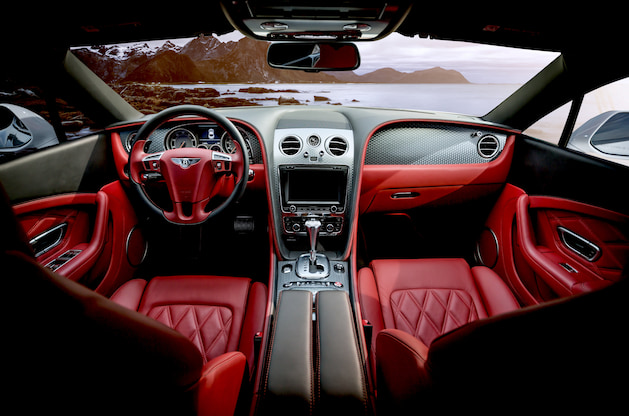
III. Considerations When Choosing Seat Covers
1. Compatibility
– Ensure that the seat covers you choose are compatible with the make and model of your vehicle. Custom or semi-custom fit covers are designed for specific models and offer a more precise fit.
2. Purpose
– Consider the primary purpose of the seat covers. Are you looking for protection, comfort, or a combination of both? If you have specific needs, such as pet-friendly covers or waterproof covers, choose accordingly.
3. Climate
– The climate in your region can influence the choice of seat cover material. For hot climates, breathable materials like mesh may be preferable, while neoprene or leather provides insulation in colder climates.
4. Maintenance
– Evaluate the ease of maintenance for the seat covers. Removable and machine-washable covers are convenient for regular cleaning. Consider how well the material resists stains and whether it requires special care.
5. Budget
– Set a budget for your seat covers, taking into account the type of material, fit, and additional features you desire. While custom-fit leather covers may be more expensive, they can offer a luxurious and long-lasting solution.
6. Installation
– Consider the ease of installation. Some seat covers are designed for quick and straightforward installation with minimal tools, while others may require professional installation for a precise fit.
7. Reviews and Recommendations
– Read reviews from other users to gain insights into the performance, durability, and comfort of specific seat covers. Recommendations from friends or automotive enthusiasts can also guide your decision.
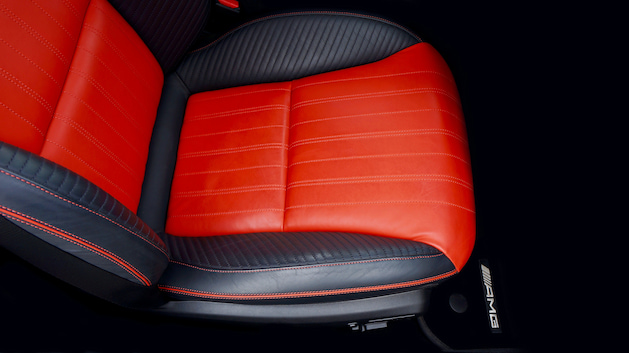
Conclusion
Seat covers are not just practical accessories; they are an extension of your personal style and a key element in maintaining the longevity and comfort of your vehicle’s interior. Whether you opt for the tailored look of custom-fit leather covers or the practicality of universal-fit neoprene covers, choosing the right seat covers involves considering your specific needs, preferences, and the unique characteristics of different materials. By navigating the diverse options available and paying attention to key factors, you can transform your vehicle’s interior into a comfortable, stylish, and well-protected space that reflects your individuality on the road.

